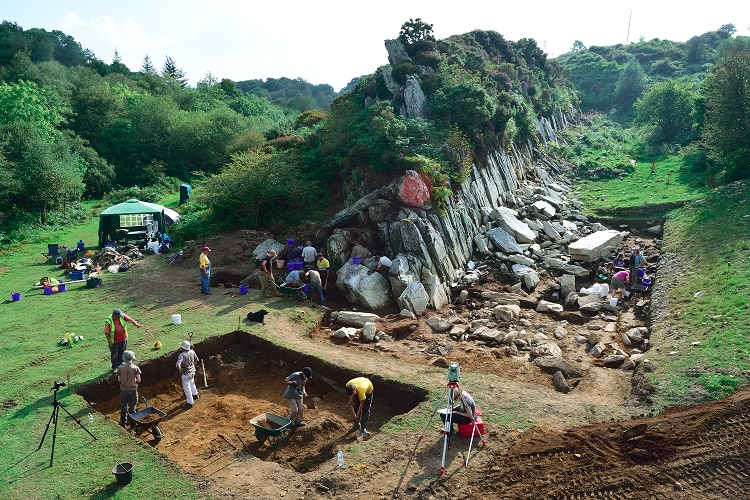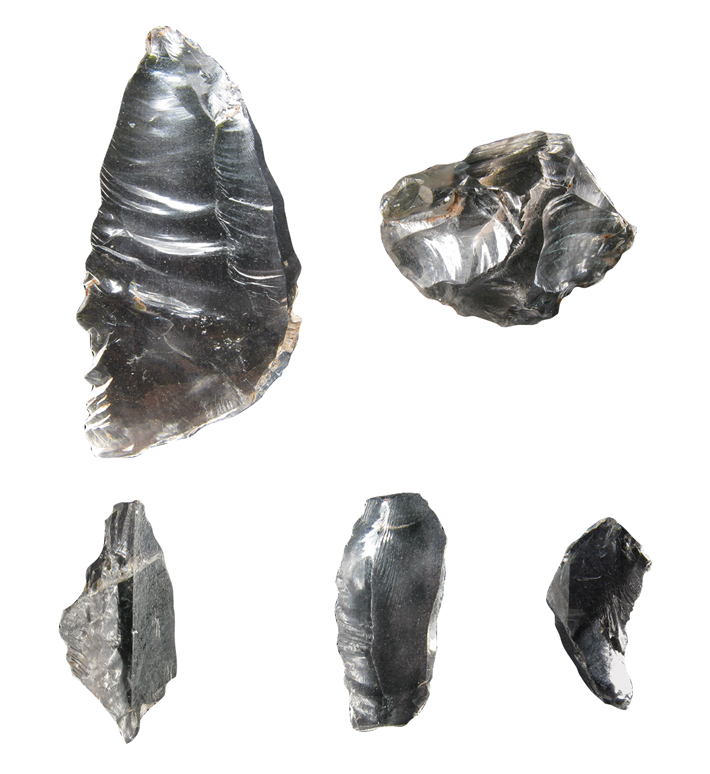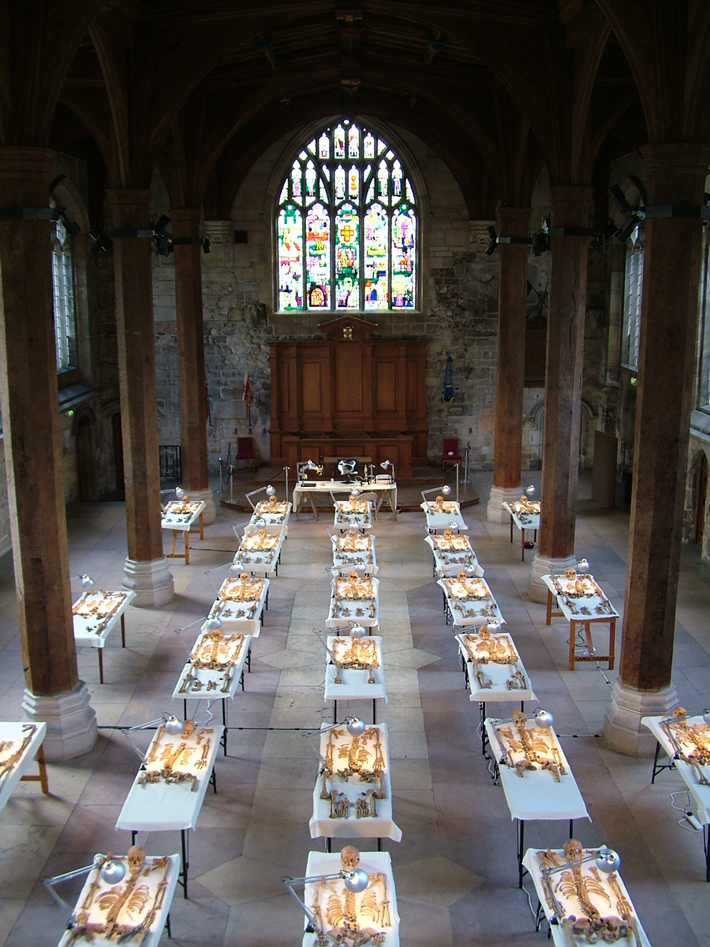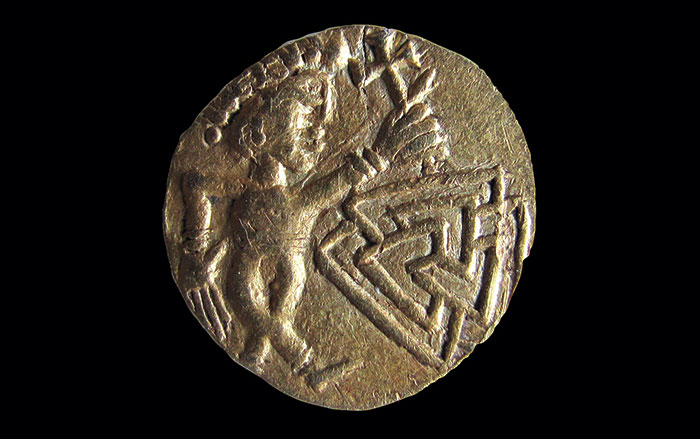
LONDON, ENGLAND—The bluestones at Stonehenge came from outcrops of natural pillars at Carn Geodog and Craig Rhos-y-felin in the Preseli Hills of Pembrokeshire Coast National Park, according to research conducted by a team of scientists from several institutions in the United Kingdom. “They only had to insert wooden wedges into the cracks between the pillars and then let the Welsh rain do the rest by swelling the wood to ease each pillar off the rock face,” Josh Pollard, University of Southampton, said in a press release. Dates have been obtained from burnt hazelnuts and charcoal from the quarry-workers’ campfires. “We have dates of around 3400 B.C. for Craig Rhos-y-felin and 3200 B.C. for Carn Goedog, which is intriguing because the bluestones didn’t get put up at Stonehenge until around 2900 B.C. It could have taken those Neolithic stone-draggers nearly 500 years to get them to Stonehenge, but that’s pretty improbable in my view. It’s more likely that the stones were first used in a local monument, somewhere near the quarries, that was then dismantled and dragged off to Wiltshire,” explained project director Parker Pearson of University College London. The team has a likely spot in mind for this earlier monument. “The results are very promising—we may find something big in 2016,” added Kate Welham of Bournemouth University. For more, go to "Under Stonehenge."











